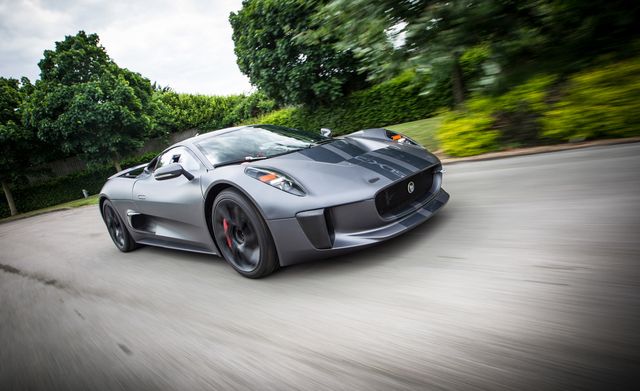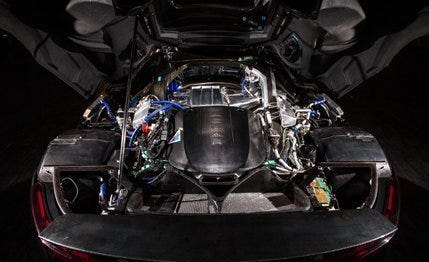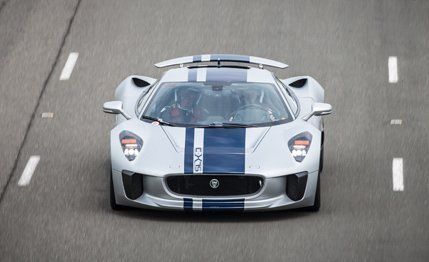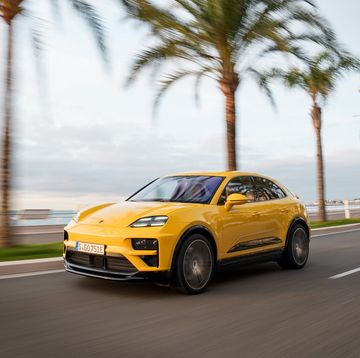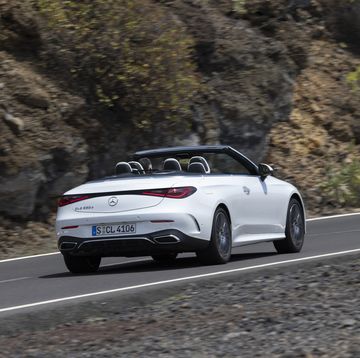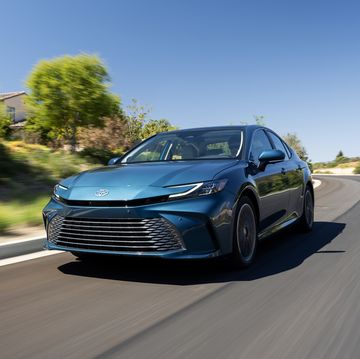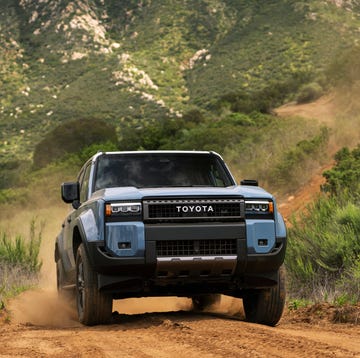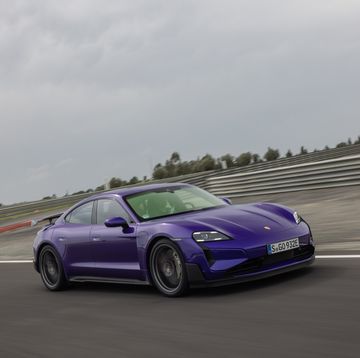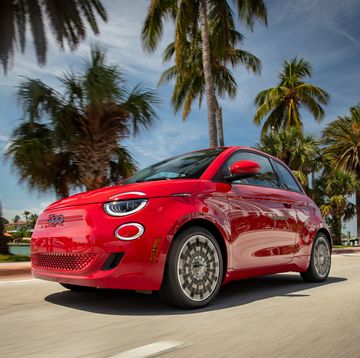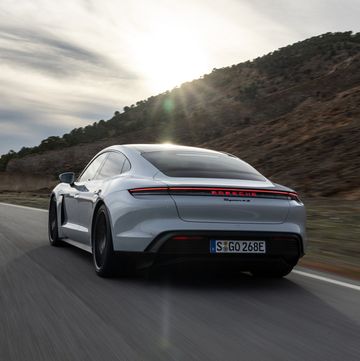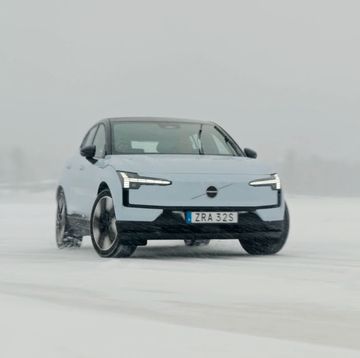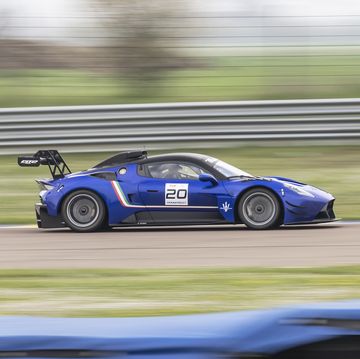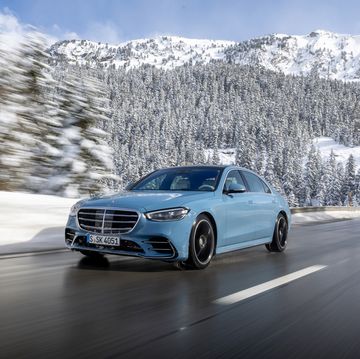On announcing the cancellation of the C-X75 supercar last December, Jaguar brand director Adrian Hallmark tried to put a positive spin on the story, saying that the car’s development would be completed and that regular Jaguars of the future would benefit from the work done on its hybrid technology, aerodynamics, and carbon-fiber composites. He also promised that Car and Driver, which had followed the project closely, would have a chance to experience Jaguar’s vision for a 21st-century supercar. That opportunity came a few days ago and showed that Jaguar, together with Williams F1, is capable of producing a high-tech road car that could compete with the likes of the La Ferrari, McLaren P1, and Porsche 918.
Gestation Recap
The C-X75 began as a show car “as close to a pure art form as a car can get,” according to design chief Ian Callum. That was because it was unfettered by the need to package a big V-8 or V-12; the idea was that it would pack a hybrid system that combined electric motors at the wheels and two micro gas turbines as generators. Unexpectedly, in May 2011, Jaguar announced it had joined forces with Williams Advanced Engineering to turn the concept car into an environmentally focused, limited-edition production model to challenge the Bugatti Veyron and its ilk.
As the plan evolved, the gas turbines were discarded in favor of a conventional piston engine working with two electric motors, one at each axle. But if the original, much-admired shape and proportions were to be retained, the engine would have to be very compact. Jaguar and Williams devised what might be the most advanced four-cylinder road-car engine in history: 1.6 liters of displacement, with a mechanical supercharger and an exhaust-driven turbocharger, direct and port fuel injection, gear-driven camshafts, variable valve timing, and dry-sump lubrication.
The gasoline engine develops about 500 horsepower on its own, and each of the electric motors contributes as much as 195 horses. A race-car-style carbon-fiber monocoque chassis envelops a 19-kWh lithium-ion battery pack and a gas tank, forming the center tunnel. The performance targets: 0 to 100 mph in fewer than six seconds, a top end of more than 200 mph, and a CO2 figure in the official EU test cycle below the 89 g/km rating of the Toyota Prius.
Actually, the five C-X75 prototypes have never run on a public road. Our drive was at Jaguar Land Rover’s Gaydon proving ground, but the prototypes have also been tested on race circuits in England and at the Nardo speed bowl in Italy.
Running Gaydon in Prototype No. 3
So no one really knows for sure if this 890-hp gasoline-electric hybrid is suitable for everyday use, but indications are that it is. Er, would have been. A lap of the twisty Gaydon handling track in prototype No. 3 in pure electric mode at speeds of up to 100 mph demonstrated seamless power delivery and a nimble character that would be easy to live with. That’s assuming you could tolerate the jet-plane-like whooshing sounds, rising and falling in response to accelerator input.
Switching to the parallel dynamic mode at Gaydon’s high-speed circuit, a completely different animal was released. Ferocious acceleration was accompanied by the wail of a highly tuned race engine, running up to 10,000 rpm between fingertip shifts of the seven-speed automated manual transmission. If you were fast enough out of the final corner, the C-X75 could reach 200 mph by the end of the main straight (a former RAF runway), and it still felt as if it could accelerate some more, making glorious noises from its internal-combustion engine. The C-X75 felt solid and reassuringly stable even near maximum speed. The deployable wing is said to generate 441 pounds of downforce at 200 mph.
